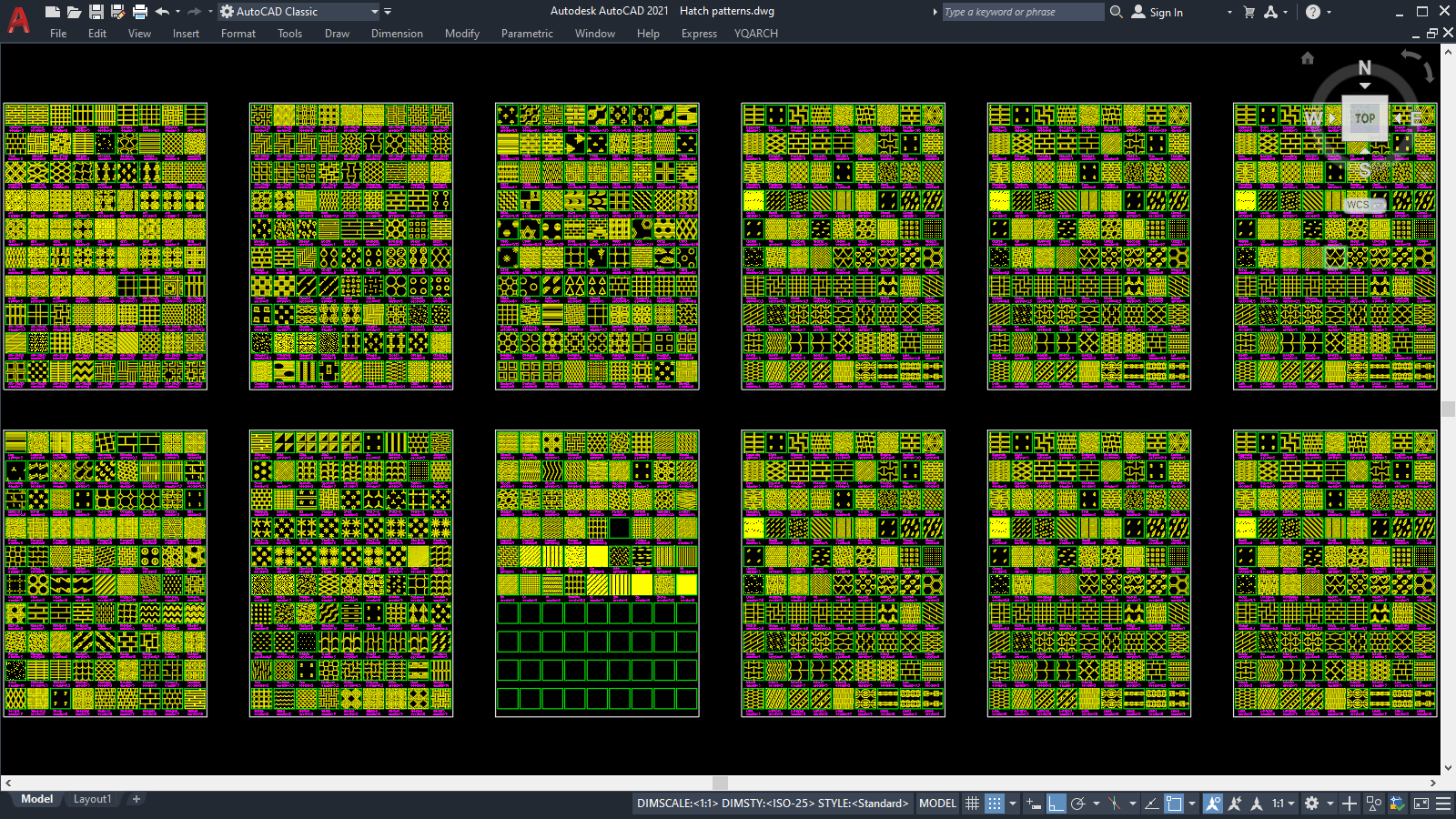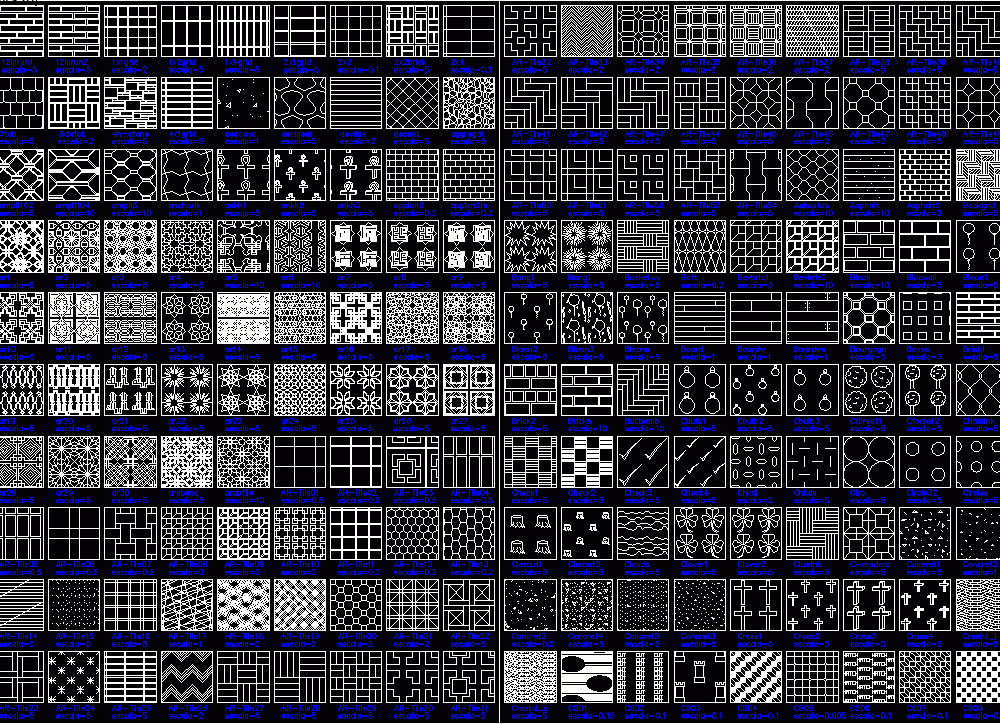

Unnamed-363FBF8 | Product: "Autodesk Revit 2022" | Engine: IPY277 (277) | Path: "C:\Program Files\pyRevit-Master" | AllUsers Unnamed-363FBF8 | Product: "Autodesk Revit 2023" | Engine: IPY277 (277) | Path: "C:\Program Files\pyRevit-Master" | AllUsers Master | Deploy: "basepublic" | Branch: "master" | Version: "4.0+1743" | Path: "C:\Users\Todd\AppData\Roaming\pyRevit-Master" => Registered Clones (deployed from archive/image) The pattern name is defined as "Brick-Norman".ĭesktop (please complete the following information): The hyphen has been removed in the file name and the words are concatenated together into "BrickNorman". Also, compare the file name shown at the top and the name of the pattern definition within the file itself (line 9). The highlighted markup shows where there should be a comma. Screenshot shows an exported file and illustrates the two noted errors.

Revit does not seem to care what the file name is.Ī functional pattern definition file that can be imported into AutoCAD or Revit.

Once upon a time this caused a problem in AutoCAD when creating a custom pattern by importing a file from a PAT file (if the file name and the pattern name defintion did not match exactly, it caused an error.) I am unsure if this is still an issue in current versions of AutoCAD, as I very rarely use it for production these days. It appears that hyphens are removed from the file name. The export process appears to alter the pattern name when making the file. AutoCAD and Revit reject the files when trying to import because they are syntactically incorrect.Įrror 2: File naming convention of the exported file does not match the pattern definition name. There is no comma generated between the fifth and sixth terms in each line of the definition, so the two terms are concatenated into a meaningless number which includes two decimal points. PAT files do not correctly follow the rules for hatch pattern definitions.


 0 kommentar(er)
0 kommentar(er)
